Sigma 24-70mm f/2.8 DG OS HSM ART Review
Dustin Abbott
September 1st, 2017
There are few lenses more important to a manufacturer’s lineup than a 24-70mm f/2.8 lens, making Sigma’s 24-70 ART one of their most significant releases this year. 24-70mm is an extremely versatile focal length, covering wide angle (24mm), standard/normal (35/50mm), and short telephoto for portraiture (70mm). Professionals love them because of that versatility in framing added to the fact that often these lenses offer sharpness and image quality that is competitive with prime lenses. Amateurs who are looking for a big optical upgrade (and don’t mind the extra weight and cost) will often replace their kit lens with a 24-70mm f/2.8. They also make for compelling travel options because you can take 90% of your travel shots (maybe all of them, if you don’t need any telephoto shots) with the focal lengths covered in a 24-70mm f/2.8. For years I’ve traveled different places in the world often carrying a sling bag with a 24-70mm mounted on a full frame body with the Canon EF 70-300mm f/4-5.6L IS as a telephoto companion, and shot dozens of weddings and events with a 24-70 + 70-200mm f/2.8 combination. Sigma’s existing EX 24-70mm f/2.8 was a carryover from its “pre-Global Vision” company reboot. Before the launch of the 35mm f/1.4 ART, Sigma was the “budget company” for those who couldn’t afford better glass, with a few lenses that were cult favorites but little cache in the photography world.
That all changed with their company reboot. The ART lenses were big, sleek, and optically powerful. They were (are) cheaper in most cases than first party lenses, but they compete more on merit than on price. Today there are few lenses than create more fervor on my YouTube channel or in this space than a new ART series lens release, and my coverage thus far of the Sigma 24-70mm f/2.8 DG OS HSM | ART has been no different. People are very interested in the 24-70 ART!
I’ve reviewed most all of Sigma’s recent releases over the past four years. I’m even in the process of reviewing some of the glass for Sony E-Mount right now, and use their MC-11 adapter to test lenses like this on a Sony body. There are some variations, of course, but for the most part the ART series lenses (particularly the primes) have prioritized resolution above all things and are often either the sharpest or near to it in the class. In my opinion, however, that has sometimes come at a penalty – while I love the sharpness of the lenses, I’m less impressed by the rendering, which tends towards being somewhat “clinical”. Some audiophiles love vinyl because it has a warm, organic sound which they feel is lost in the ultra clean digital formats. To the audiophile those formats are cool and detached, less inviting, and thus less desirable. That analogy perhaps overstates my feelings, but I can say that I have rarely loved the rendering (the global “look” of images) from a Sigma ART lens without some processing. The recent Sigma 135mm f/1.8 ART lens went a long way in improving that, but when I compared it to the Zeiss Milvus APO Sonnar 135mm f/2 that I own (which has that quality of rendering that I speak of), I often instinctively just liked the images from the Milvus better. Now, don’t get me wrong. If I didn’t own the Milvus, I would probably own the 135 ART, as it is a pretty special lens, but…
As we will see in this review, however, the 24-70 ART is a Sigma aberration. I’m not actually wowed by the sharpness, but I pretty much love the rendering from the lens. I’ve already released a detailed image quality breakdown video on my YouTube channel, and reactions vary. Some people clearly love the “resolution at all costs” approach, and are thus disappointed by this lens. Others perceive the image quality as I do; a lens that is practically sharp enough for most all purposes but adds character into the process. Beautiful color rendition, great contrast (not always an ART series strength), and very nice bokeh rendering. Sound interesting? Then read on…
Prefer to watch your reviews? You can see my video review by clicking the video here:
Build and Design
If you would like a closer look at the lens itself, check out this hands on video here:
The Sigma 24-70mm f/2.8 DG OS HSM | ART has a lot of little words in its names. Let’s breakdown what they mean. DG is Sigma’s way of identifying what type of camera system the lens is for. DG indicates that it is designed for full frame cameras, and I have reviewed the lens primarily on a Canon EOS 5D Mark IV with some additional shots on an EOS 6D Mark II that I happened to be testing at the same time. It can be used on APS-C (crop sensor) cameras as well, where you will need to apply the crop factor of the camera system (1.6x on Canon; 1.5x on Nikon/Sony) to the focal length. The lens comes natively in Canon, Nikon, and Sigma mounts, but it is easily (and effectively) adapted to the Sony E-Mount via Sigma’s MC-11 adapter. I also used the lens some on a Sony a6500 APS-C body via the MC-11, where I found that it functioned nicely, with fairly quick, accurate focus and great image quality. I’ll comment a bit more on focus in that section. As a full frame lens, it is bigger and heavier than one designed for a small image circle. Sigma’s ART series lenses have routinely been some of the largest and heaviest lenses in their respective classes, and that is definitely true here. At 2.24 lb/1020g, the 24-70 ART easily outweighs all the competitors save the Nikkor 24-70 VR (1070g). Most of the competitors sit in the 800g range, so you will definitely feel the additional weight if you are coming from, say, the Canon 24-70mm f/2.8 variants or the last generation Tamron 24-70mm f/2.8 VC.
The lens gives the impression of being squat rather than long. Most of the lenses in the class save the Nikkors ascribe to a similar design philosophy. The 24-70 ART is about 3.5” (88mm) around and 4.24” (107.6mm) long. It terminates in large front element and threads for what has become the new standard filter size for 24-70mm lenses – 82mm.
I was really impressed by the build of this particular ART lens. I used the Tamron 24-70 VC for years, and it served me well on three different continents and a lot of different situations. It paid for itself many times over. But the 24-70 ART feels and operates at a different level. The zoom action is smoother and more precise, the focus motor and OS operates more quietly, and the “feel” of the lens is more professional grade. This is the nicest built 24-70mm f/2.8 lens that I’ve used. I have yet to use the new Tamron 24-70mm f/2.8 G2 lens, as it hasn’t been released yet in a Canon mount, so I can’t yet comment on it, though I do plan to do a direct comparison down the road. I’ll add linkage to my video covering that when I do to this review.
The 24-70 ART does include moisture resistance, with both a rear gasket and internal seals, which is a definite improvement over earlier ART lenses and which helps the lens’ credentials for travel and professional use (which often includes inclement weather and/or dust depending on the environment).
I was particularly impressed with the very nice zoom ring and accompanying zoom action, which felt very precise and solid. No hint of wobble or “sticky points” in the zoom action. The lens feels well engineered, and Sigma lenses continue to be made solely in Japan. The zoom ring is a little over inch in diameter, and is the further of the two rings from the lens mount.
I’m less crazy about the size and proximity of the manual focus ring. It is very narrow and sits very close to the zoom ring, enough so that it is possible to inadvertently turn it a bit while grasping the zoom ring. The action of the focus is pretty good, but the size of the focus ring may not inspire confidence. At the same time I do recognize that MF on such a lens as this may not be a high priority for many shooters.
There are two switches on the lens barrel, and that is where we get to the other two abbreviations in the 24-70 ART’s title. The first switch involves Sigma’s HSM motor.
Autofocus
HSM stands for “Hypersonic Motor”, and is Sigma’s autofocus technology in lenses like this. The switch on the lens barrel has three positions: AF|MO|MF. AF stands for autofocus; MF for manual focus. The MO mode is unique to Sigma lenses, as it allows for full time manual override (you can use the focus ring to override the autofocus result at any point). This is actually the standard setting for most lenses when in AF mode, but for some reason Sigma splits this into two different modes (which clearly causes some confusion if you read comments on message boards from owners). In this case that may be a positive. If you have an issue with inadvertently hitting the MF ring you may want to select the AF mode rather than MO. Most of the time when I use Sigma lenses I use the MO mode in case I want to tweak focus on the fly.
The application of the HSM in the 24-70 ART is well implemented. It focuses quickly and confidently, with good speed and very quiet focus. It is definitely a faster, smoother experience than the Tamron 24-70 G1 (first generation lens). I found that even major focus changes came quickly. I’ve used faster focusing lenses, but at the same time I feel this lens will focus quickly enough for just about all situations you might find yourself in. It is definitely good enough for event/wedding/photojournalism type work. Focus was also very quiet, with no impression of elements “sliding” during major focus changes. Sigma has worked at increasing torque in their recent lens releases, and that seems to have helped a lot with focus accuracy issues that I’ve frequently run into with older ART series releases. Having a maximum aperture of f/2.8 helps, as this is two full stops smaller than the f/1.4 apertures in many of Sigma’s ART lenses. That means that depth of field is a little deeper and there is a bit more margin for error. But fortunately I didn’t really see a lot of error. I had good and consistent focus results, though due to time I did not run specific “torture tests” during my review period. My “field” (real world) results were good.
Optical Stabilizer
The OS stands for Optical Stabilizer, which is what Sigma calls their image stabilization system. Tamron was the first to the party with a stabilized lens in this category, but it’s obviously a little harder to accomplish than what might be expected, as to this point only Nikon (and now Sigma) have accomplished this. Canon still doesn’t have a first party 24-70mm f/2.8 lens with IS. Kudos to Sigma for pulling off this feat. Sigma’s OS gets points for very quiet and smooth operation, but loses a few for not delivering a strongly stabilized viewfinder result. There is some opportunity to tweak this behavior via the Sigma USB Dock, but my experience is that the resulting change isn’t strongly pronounced. I didn’t notice a major difference in my viewfinder image with and without the OS engaged, but at the same time I was able to get some solid results at low shutter speeds (1/10th, 1/15th) in real world shooting.
I would gauge the effectiveness on the system (at least in the copy I reviewed) as slightly less effective as the Tamron 24-70 VC, and I suspect the G2 version will be tops in this regard. Nonetheless, the system is unobtrusive, quiet, and is unquestionably helpful in both stills and video work. I find a lot of value for OS in a lens like this, as you don’t always have opportunity to utilize a tripod while travelling.
All in all the 24-70 ART combines a very nice build quality with good mechanical operation. It feels pro-grade, and is the nicest of the 24-70mm lenses I’ve used to date.
24-70 ART Image Quality
This is typically the reason why people are interested in Sigma lenses in recent years, as Sigma (particularly with the ART series) has consistently managed to produce optical powerhouses that compete near the top of their respective classes. I have personally observed that the emphasis with Sigma ART lenses has tended towards a heavy bias on absolute resolution, which charts very well and has helped Sigma develop a reputation for making “super sharp” lenses. If you dig a little deeper, however, I’ve often been less inspired by some other image quality metrics like bokeh, color rendition, and contrast. This isn’t to say that these things are bad (not true at all), but rather to say that they typically aren’t as “class leading” as the resolution.
But, as I’ve mentioned at the beginning of this review, the 24-70 ART is a bit of an aberration…and will perhaps be a disappointment to some Sigma fans. It does not seem to offer “class-leading” resolution, but in many ways, gives a more complete optical performance than many previous Sigma lenses. Let’s start with the resolution, however, as that remains the single quality that most photographers gauge lenses by. If you would like a nuanced, interactive look at the image quality from the Sigma 24-70mm f/2.8 OS ART, I recommend you watch this video here:
24-70 ART Resolution
The following tests were shot with a Canon 5D Mark IV, on a tripod, mirror lockup with two second delay. I focus the first shot in the sequence, then turn off autofocus so that focus is consistent throughout the other aperture values.
Things start a little rocky on the 24mm end. At wide open apertures the center sharpness is fairly good [but not exceptional], but the periphery of the frame is fairly soft. Don’t expect to get sharp landscape photos from corner to corner wide open. Here are crops from across the frame – left to right (all other sequences will follow this pattern).
Stopping down to f/4 helps only a little, and corners never really get exceptionally sharp at any aperture. Best case scenario is somewhere between f/5.6 and f/8. Here’s a look at f/5.6:
There is some improvement at 35mm, with the corners looking less soft and hazy. Here’s wide open crops from that series.
I split the difference for this landscape scene to show you a more real world landscape type result. This is at 32mm, f/2.8:
Stopping down to f/5.6 helps the corners considerably, though this is still not an exceptional result.
If you want a Sigma ART lens for landscape work, you might want to consider the 24-35 f/2 ART lens instead, which is exquisitely sharp (though with an extremely limited zoom range).
Best case scenario arrives at 50mm, where the lens delivers its best results (and most competitive with other lenses). Sharpness extends to the edges of the frame better. Here are the f/2.8 crops:
Unfortunate for the 24-70 ART is the reality that people tend to use zooms most on the extremes of the focal length, so its best performance may not get seen as often.
70mm returns to roughly the same performance as the 35mm position, with good center sharpness and a noticeable drop-off at the edges.
Fortunately for this focal length, compositions are less likely to involve the extreme edges, so, for example, if you are shooting something like this “goat’s beard”, the fine detail is really quite good.
Sigma has produced five zoom lenses that have born the “ART” designation, but the optically exceptional ones (at least in sharpness) are the unconventional zoom lenses in both focal length and aperture. These include the APS-C specific 18-35mm f/1.8 and 50-100mm f/1.8 lenses along with the previously mentioned full frame 24-35mm f/2 lens. The more traditional focal lengths (and apertures) are the 24-105mm f/4 and this 24-70mm f/2.8. It would appear that Sigma’s strength is really in pushing optical boundaries in unconventional ways.
As for this lens, it is really only better than existing 24-70mm lenses at the 50mm position, and considerably weaker at the wide end than other competitors. Fortunately, there is more to the image quality than just raw resolution.
Other Optical Qualities
Something that quickly impressed me about the 24-70 ART was the quality of the color rendition, which is both rich and accurate, producing very nice looking images under a variety of lighting conditions. I used the lens as a travel lens while visiting the Chateau Montebello in Quebec, Canada with my wife for our anniversary. I was very pleased with the look of the images out of camera, with little need for processing to enhance them. I got very pleasing results when shooting architecture, food, or people scenes.
I was also very pleased with the overall rendering from the lens. While it isn’t supremely sharp, I found it sharp enough in most situations and with a nice graduation from focus to defocus. The bokeh rendering is very nice for a short telephoto zoom (particularly from 50-70mm), and I got a lot of nice looking images by composing close to my subject and getting a lot of defocus.
In the image with the water droplets on the morning lawn, you can see a slight bit of concentric circles in some of the bokeh circles (onion bokeh), but it is very faint and, to me, not enough to really detract from the image.
I’m also pleased with the contrast from the lens, which adds to the nice rendering/look of the images. It’s just about right; not too heavy, but neither is there any feeling of images being washed out. You can always dial in a lack of contrast for effect, as I’ve done with this birthday photo of my youngest:
Vignette is most heavily pronounced at 24mm, where the corners will darken somewhat. While the vignette is not particularly heavy, I did notice that it took a few stops for it to clear up entirely. I didn’t find the vignette all that noticeable for field use at other focal lengths. There is also some fairly heavy vignette at 70mm, but it seems to only affect the extreme corners. As a result it goes unnoticed in many images, and in one where I found it bothersome I noted that while I needed a fairly strong value in Lightroom to fully erase the vignette (+76), I didn’t need to move the midpoint slider at all.
I didn’t really notice any chromatic aberrations during my review period, so I feel confident in saying that this won’t be a problem in real world use for anyone. In one landscape image I noted the faintest amount of lateral green fringing alone a roofline, but I had to really look for it.
But, as this crop shows, there is essentially no “bokeh fringing” (LoCA):
Likewise distortion seems fairly well controlled. There is a mild bit of barrel distortion at the wide end of the focal length, but not enough to really impact images.
The one other misstep that I saw was that the lens has a tendency towards being flare prone if the sun is in the frame. There isn’t much of a problem with veiling (loss of contrast), but definitely a problem with ghosting (prismatic “blobs” of colored light). In particular I noted some fairly pronounced green ghosting effects that I felt had little artistic value. Be careful in composition of how you place the sun or other strong backlights in the frame.
All in all I’m actually quite happy with the image quality from the 24-70 ART. I do wish that Sigma had managed to squeeze more resolution out of this lens, as I fear that they will take a hit on sales with the lens based on the negative perception of the sharpness. I’ve heard feedback from a number of subscribers who are taking a “wait and see” approach and intend to see what Tamron’s 24-70 G2 lens brings. Beyond the resolution, however, I can safely say that I like the images that come out of this lens. There’s a nice blend of sharpness and bokeh, good color rendition, and few optical defects that might mar the image. But will that be enough to satisfy the “resolution gluttons” that Sigma has created?
I would encourage you to check out the Image Galleries here to draw more conclusions for yourself.
Sigma on Sony Thoughts
Since adding a Sony a6500 to my kit I purchased a Sigma MC-11 adapter and have been testing lenses also some on the Sony body. The Sigma ART lenses (in particular) play nicely on Sony bodies, with good autofocus results (including all modes being available) and proper EXIF data communication. I was happy to see that the lens actually transitioned to the high resolution 24 MP APS-C sensor on the a6500 quite well, and liked what I saw out of the combination. The balance is far from optimal, obviously, but if you handle the lens instead of the camera, it works.
My experience with this combination is limited to this lens and the 135mm f/1.8 ART, though I’ve used a variety of other lenses on the adapter from other manufacturers. Bottom line is that the MC-11 works best with Sigma lenses. It communicates proper EXIF data (the lens designation reports properly) and all focus modes (including eye detect and DMF [Direct Manual Focus]) work properly. Autofocus accuracy is good, and speed is roughly what I’ve come to expect from this kind of combination. It is fairly quick, though not quite as fast as Phase Detect autofocus on a DLSR. Those with a Sony mirrorless may find this a nice combination, and it’s a nice bonus for those of you who, like myself, utilize both systems. The balance is a little unwieldy, but it works okay if you handle the lens rather than the camera for balance. You can see a gallery of images taken with the combination here. Here’s a few highlights from that gallery:
One final note on this: on an outing one day I shot the Sigma 24-70 ART side by side with the Canon 24-105mm f/4L IS II (a lens I’m also testing right now), and came away somewhat disappointed with the Canon by comparison. When shooting similar things side by side, I definitely preferred the image quality from the Sigma. It also seemed like the better made lens, with the Canon L lens feeling somewhat “plasticky” by comparison.
Conclusion
I’m not quite sure how this newest lens from Sigma will be received. Sigma has built their recent reputation on sharpness, and the 24-70 ART is not the sharpest lens in this focal length even when compared to the releases from Canon and Tamron from 5 years ago. But it also delivers nicer image quality than those lenses when you consider the complete picture of lens rendering. Will consumers be able to grasp that nuance? The Sigma 24-70mm f/2.8 DG OS HSM ART comes to market at a list price of $1299 USD, which significant undercuts first party lenses from Canon, Nikon, and Sony, but comes at a $100 premium over the upcoming Tamron SP 24-70mm f/2.8 G2 lens, which boasts an excellent construction (metal) along with an industry leading 5 stop image stabilizer. Sigma’s OS in the 24-70 ART is certainly not delivering that degree of stability. The looming Tamron lens may be the biggest competitor for this lens.
That aside, however, I can confidently say that I enjoyed using the Sigma 24-70 ART; it felt great in the hands and delivered images that I liked. I think that owners of the lens will be very pleased with it, but I also think that Sigma has a perception gap to overcome due to the lens not being as sharp as people have come to expect Sigma ART lenses to be. But if sharpness is not the only thing you personally consider, then consider this lens, as I suspect you will find a lens that will become an indispensable part of your kit.
Pros:
- Very nice build and mechanical operation
- Quiet, quick autofocus
- Beautiful color rendition and nice bokeh for a 24-70mm zoom
- Distortion is minimal
- Chromatic aberrations are low
- Compatibility with Sigma USB dock and MC-11 adapter for Sony users
- Undercuts first party lenses in price by a wide margin
Cons:
- Resolution isn’t fantastic
- Somewhat flare prone (ghosting)
- Optical Stabilizer could be more effective
Gear Used:
Canon EOS 5D Mark IV (5D4): B&H Photo | Amazon.com | Amazon Canada | Amazon UK
Canon EOS 6D: B&H Photo | Amazon.com | Amazon.ca | Amazon UK
Canon EOS 6D Mark II: B&H Photo | Amazon | Amazon Canada | Amazon UK
Sony a6500: B&H Photo | Amazon | Amazon.ca | Amazon UK
Sigma 24-70mm f/2.8 DG OS HSM ART: B&H Photo | Amazon | Amazon Canada | Amazon UK
Sigma MC-11 Adapter: B&H Photo | Amazon | Amazon Canada | Amazon UK
Adobe Lightroom CC Software for Mac and Windows (Boxed Version)
Adobe Photoshop Creative Cloud 1-Year Subscription
Alien Skin Exposure X2 (Use Code “dustinabbott” to get 10% anything and everything)
Purchasing your gear through B&H and these links helps fund this website and keeps the articles coming. You can also make a donation here if you would like. Thank you for your support.
Great News! I can now offer a 5% discount on all purchases at Amplis Foto, Canada’s Leading Photographic Supplier. Please enter discount code: AMPLIS52018DA in your cart. It is good for everything in your cart, and is stackable with other coupons, too! It will take 5% off your entire order! Proceeds go towards keeping this site going and providing you with new reviews!
Check me out on:
My Patreon: | Google+: | Facebook: | Twitter: | Flickr: | 500px: | Sign Up for My Newsletter :




DISCLAIMER: This article and description contains affiliate links, which means that if you click on one of the product links, I’ll receive a small commission. As an Amazon Associate I earn from qualifying purchases.











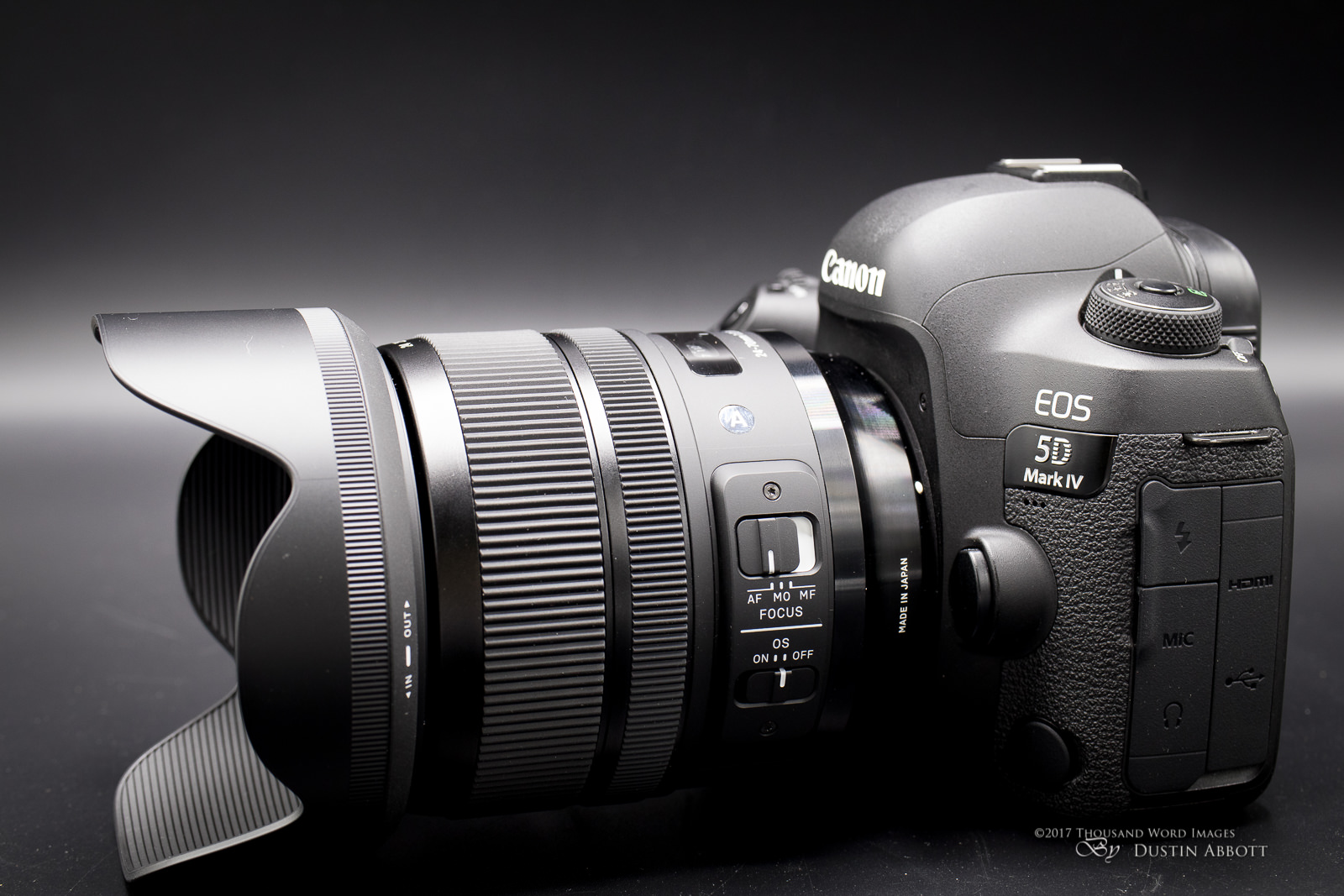
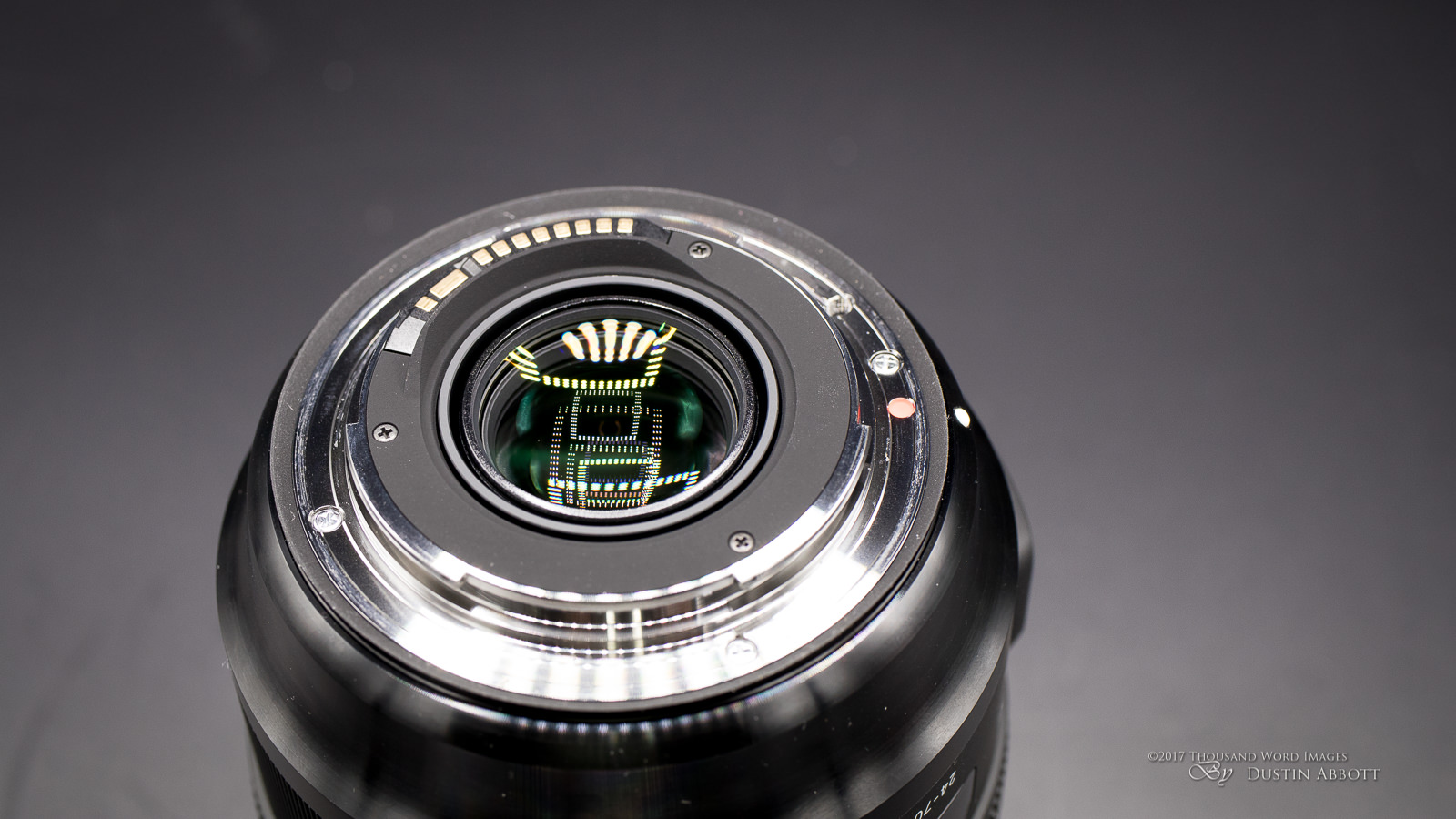

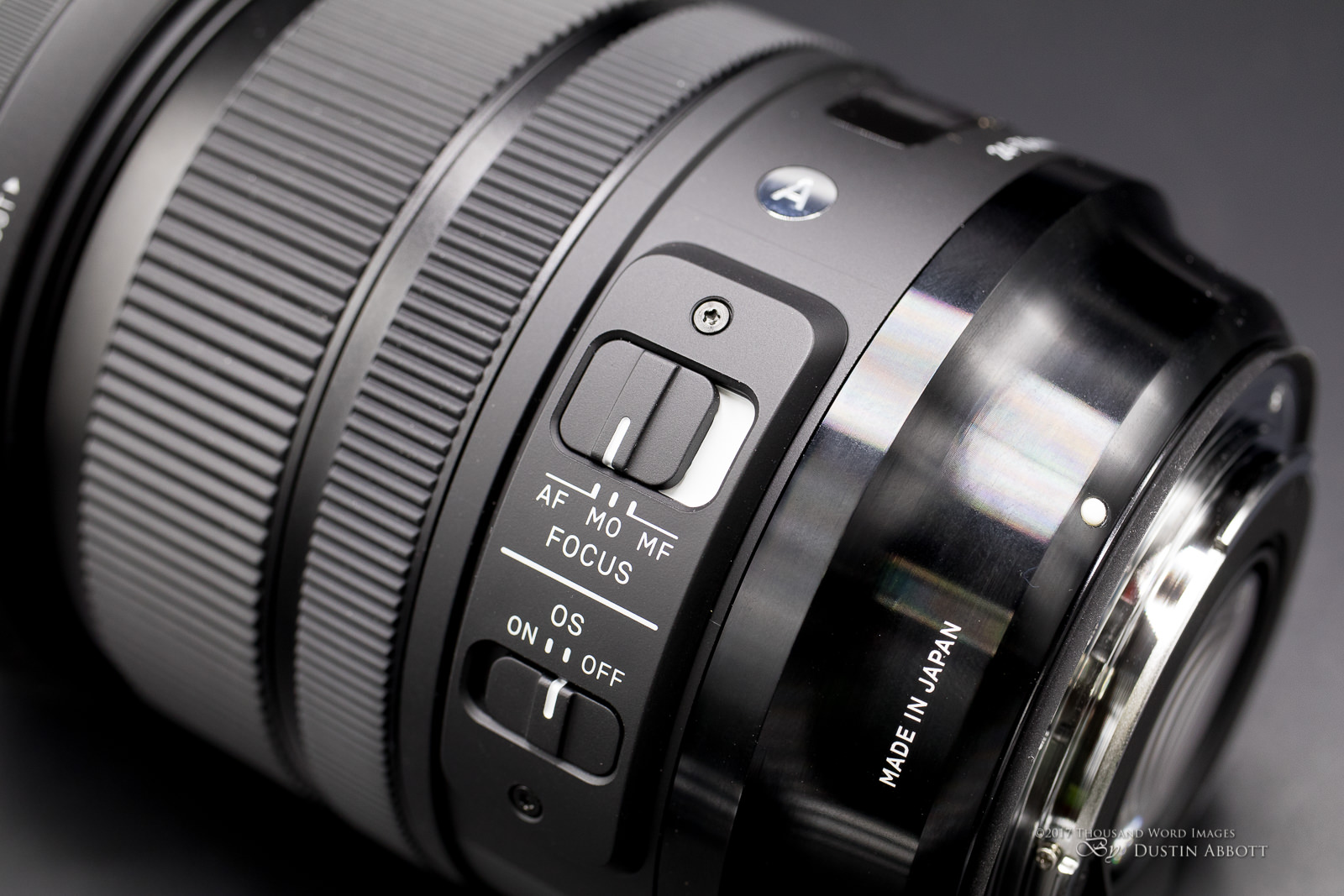
















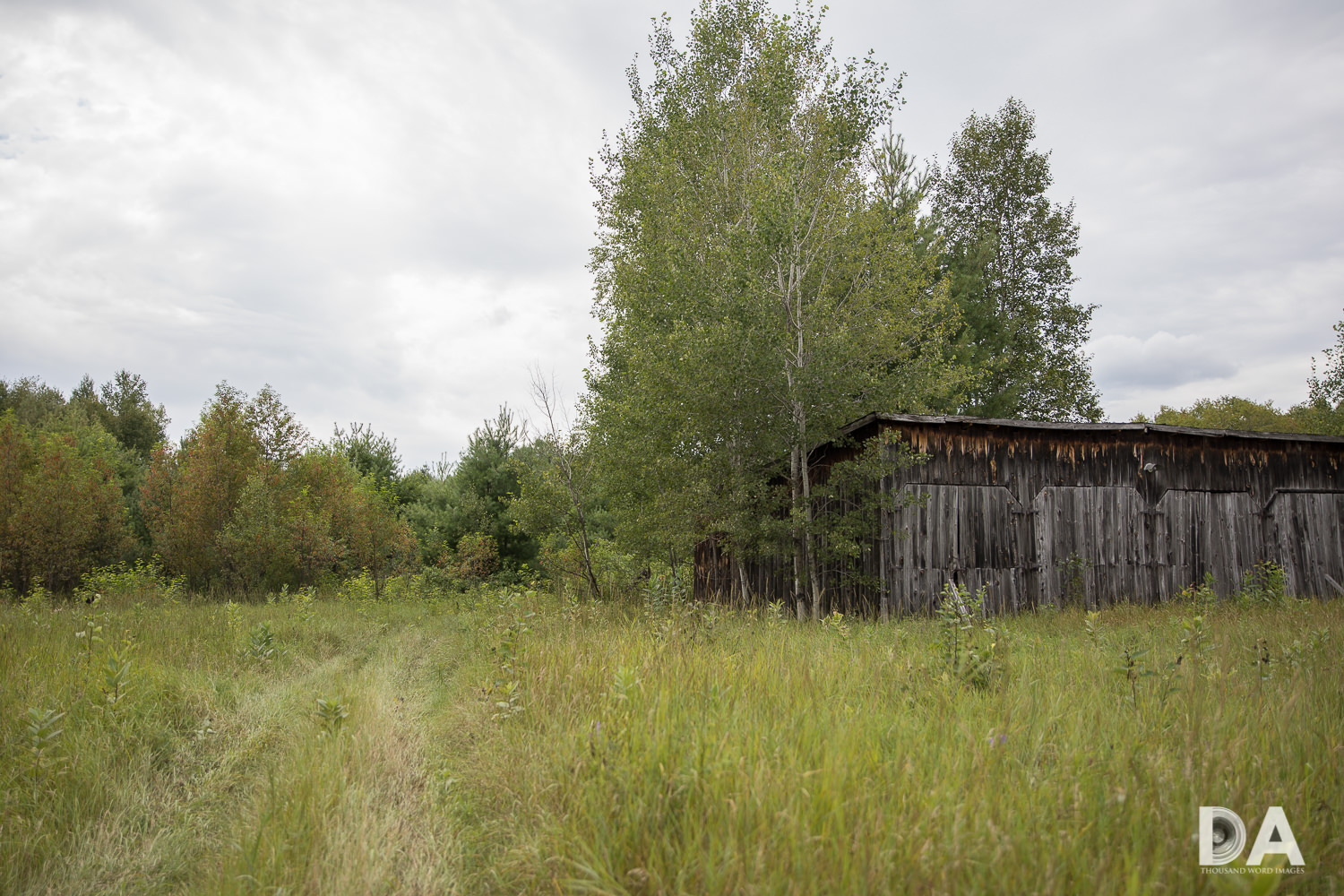
































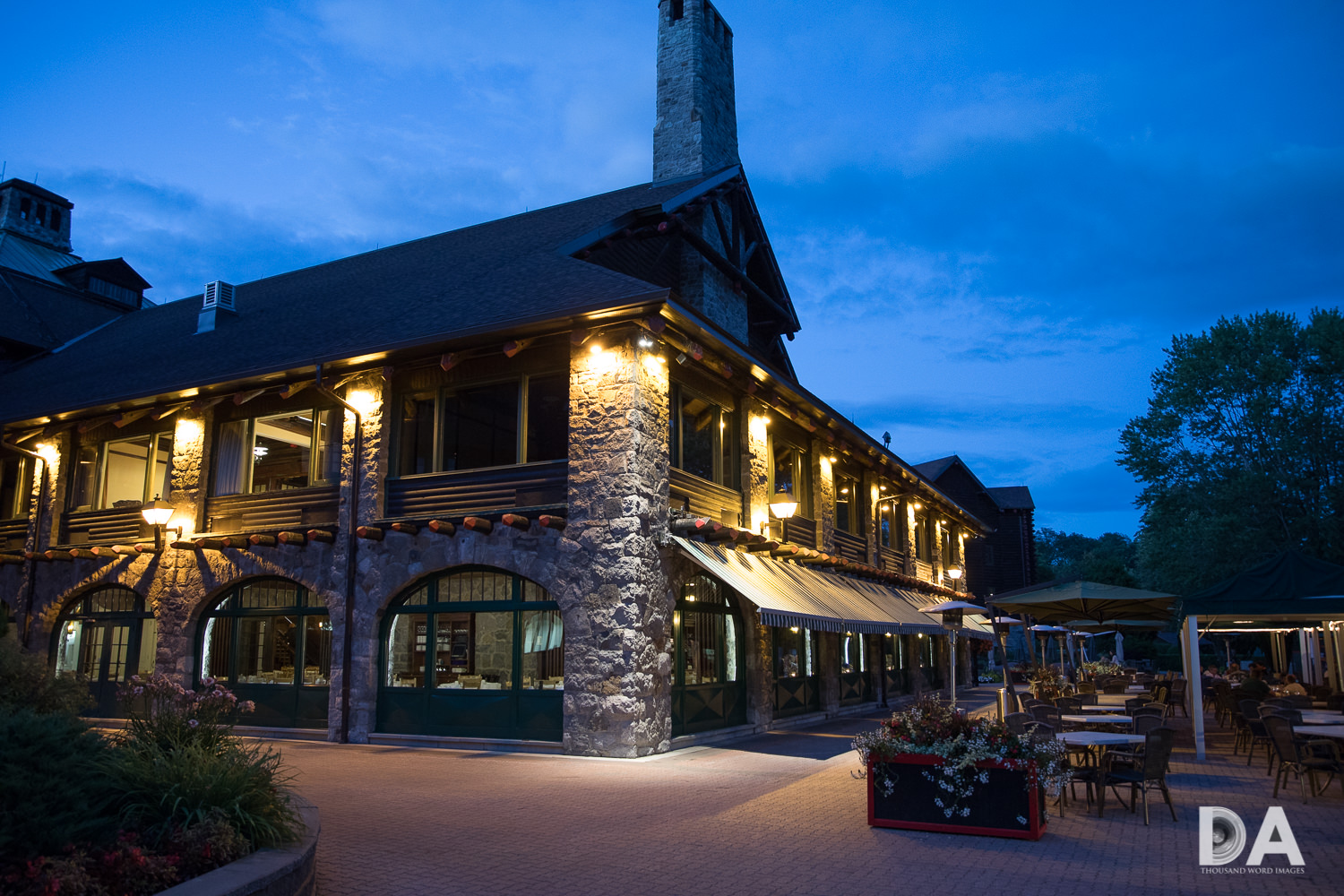

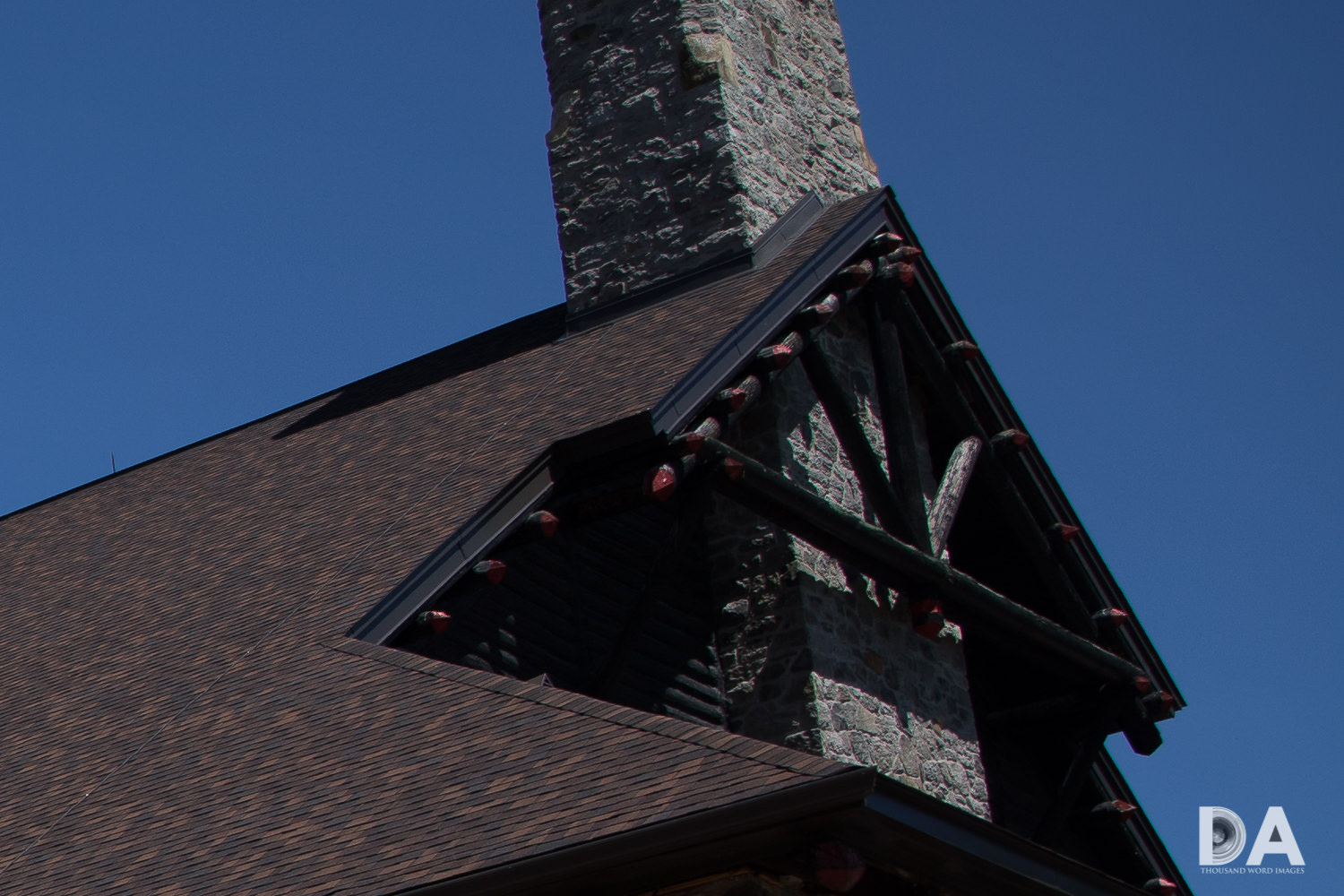

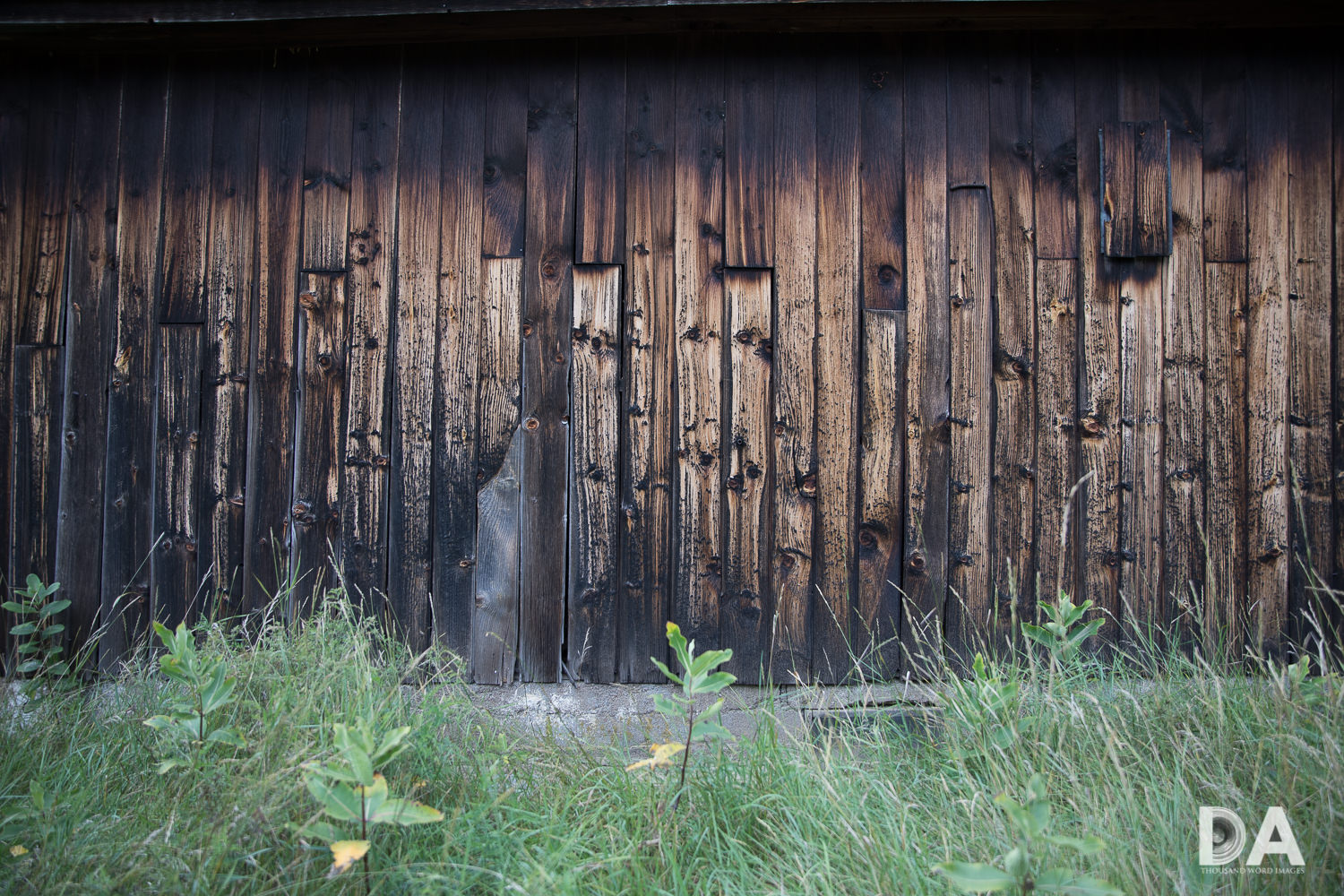






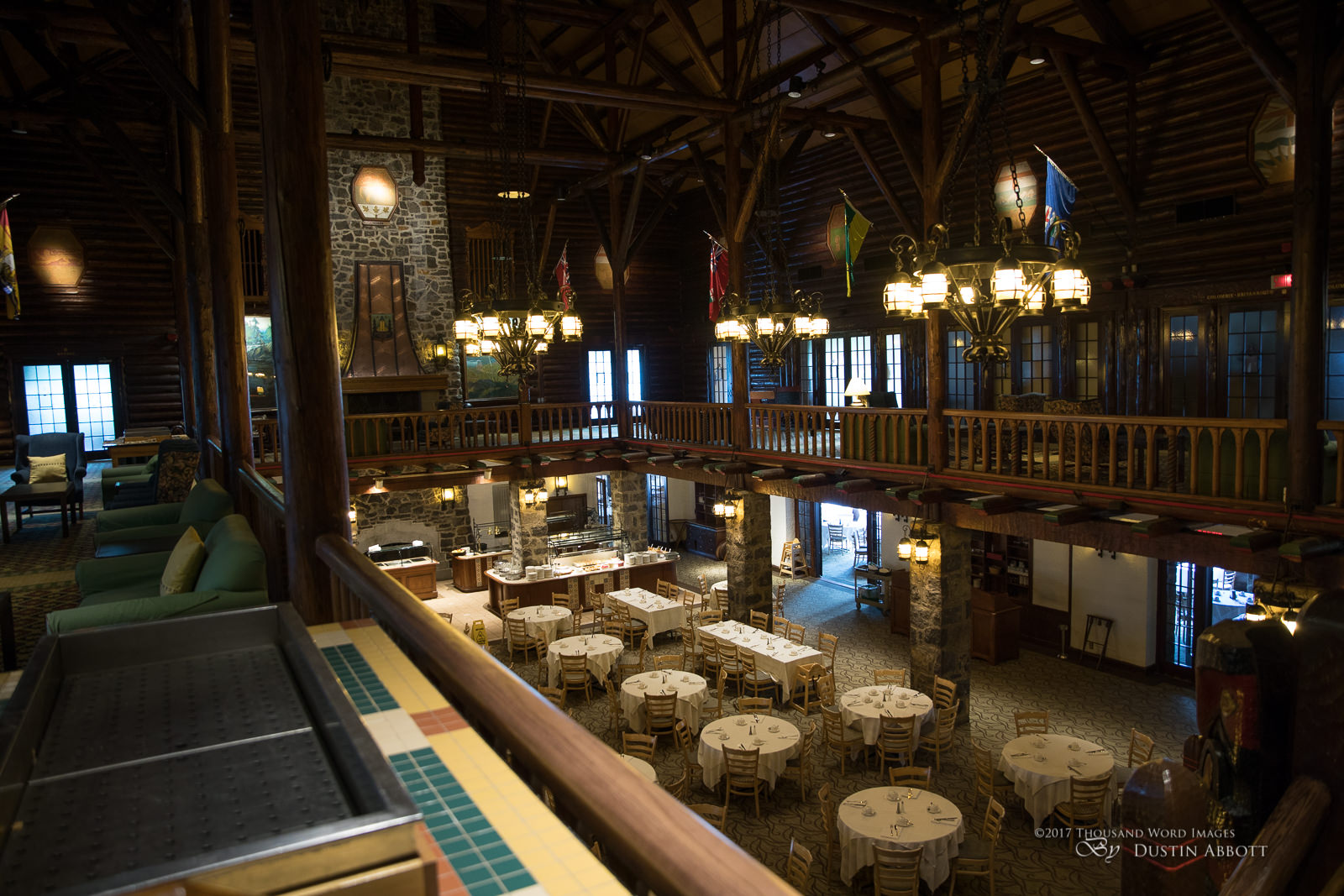

 Viltrox Pro AF 85mm F1.4 FE Gallery
Viltrox Pro AF 85mm F1.4 FE Gallery  Viltrox AF 85mm F1.4 PRO FE Review
Viltrox AF 85mm F1.4 PRO FE Review  Yongnuo YN 35mm F1.8 ART Gallery
Yongnuo YN 35mm F1.8 ART Gallery  Yongnuo YN 35mm F1.8 DA ART Review
Yongnuo YN 35mm F1.8 DA ART Review 


